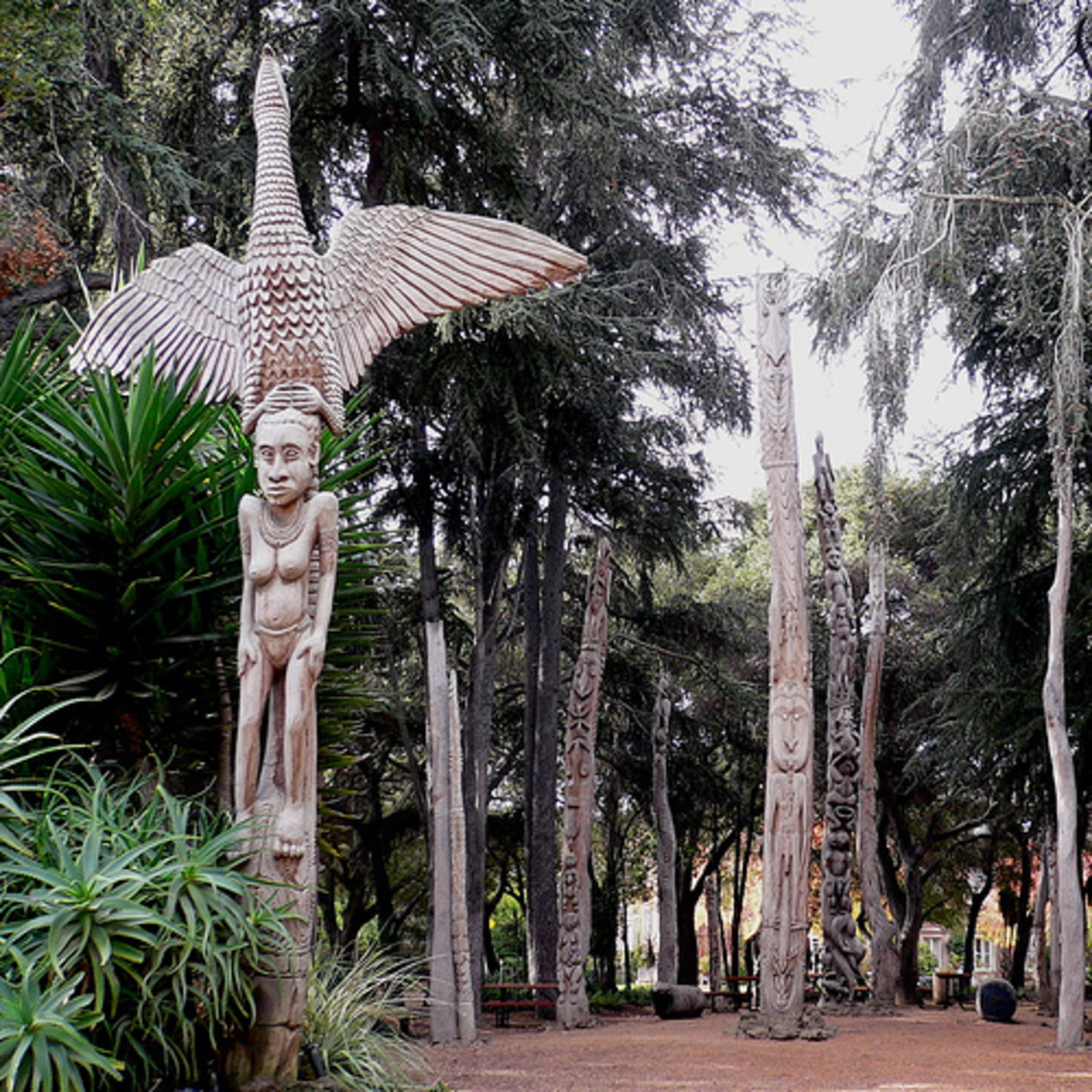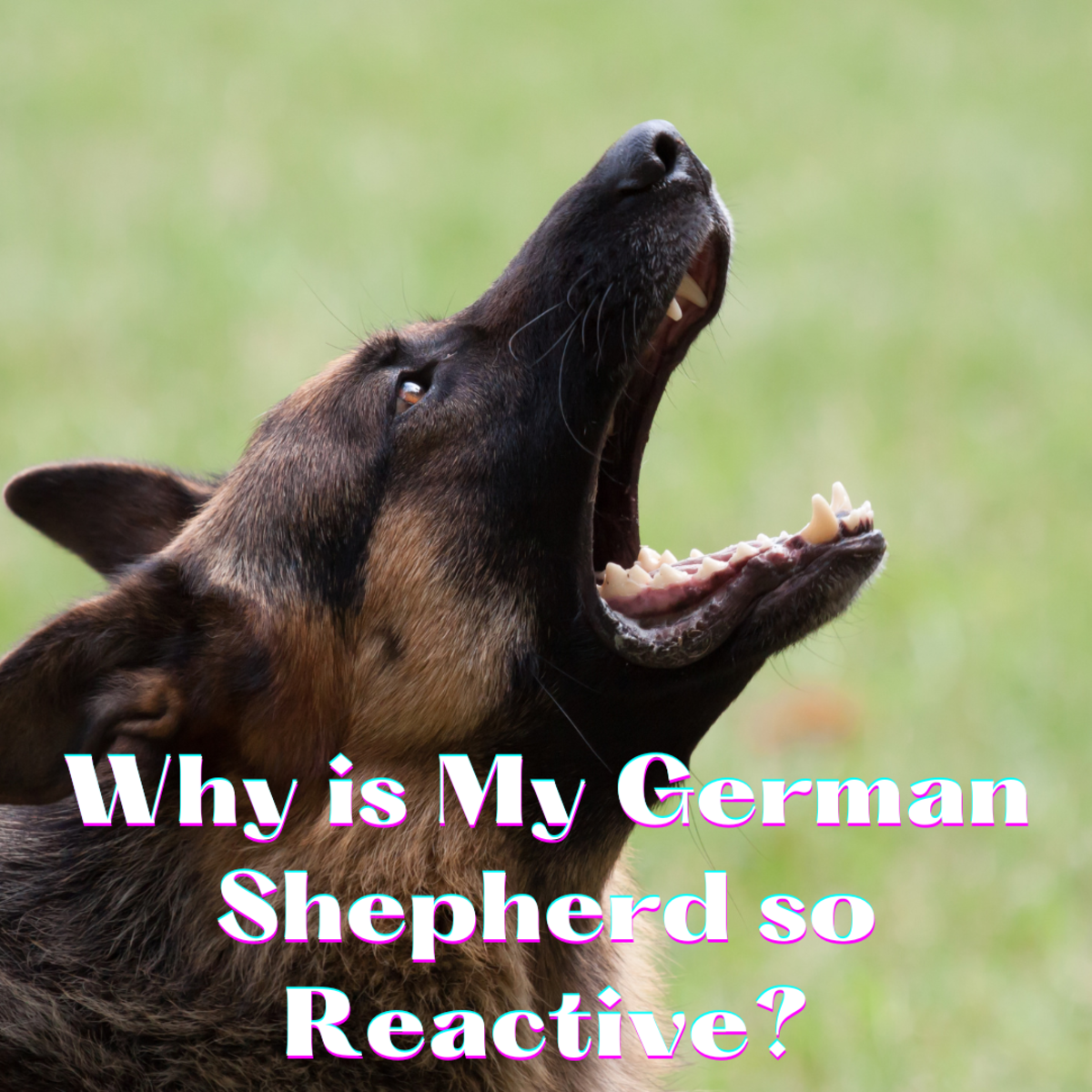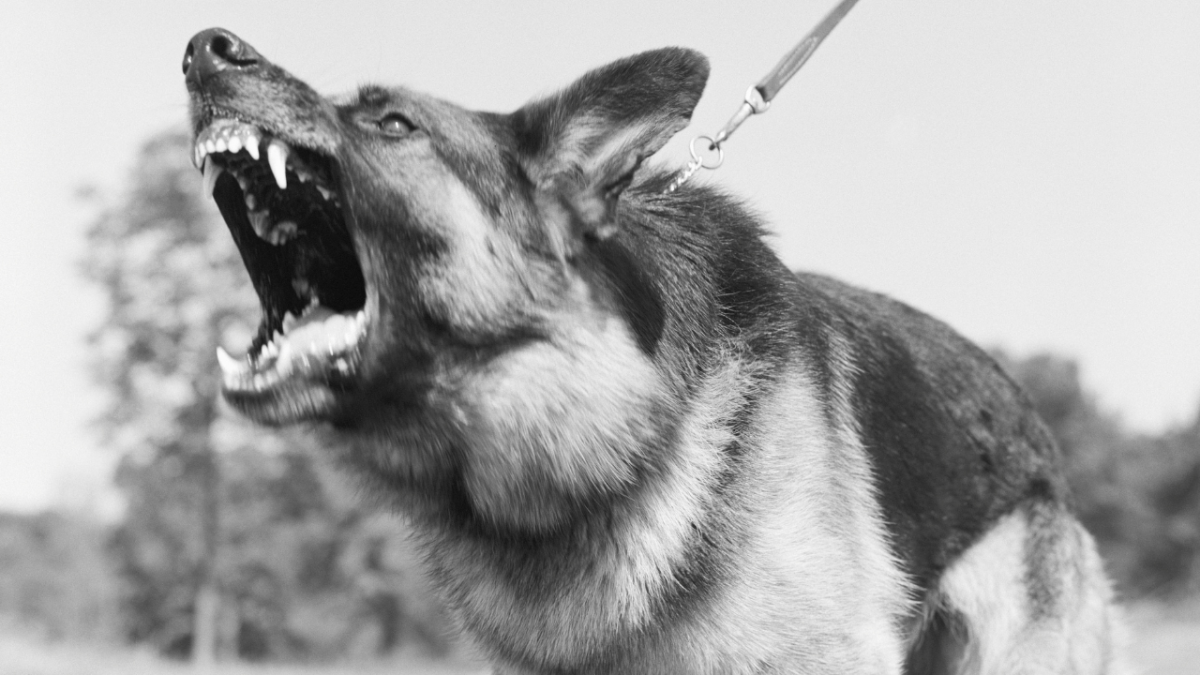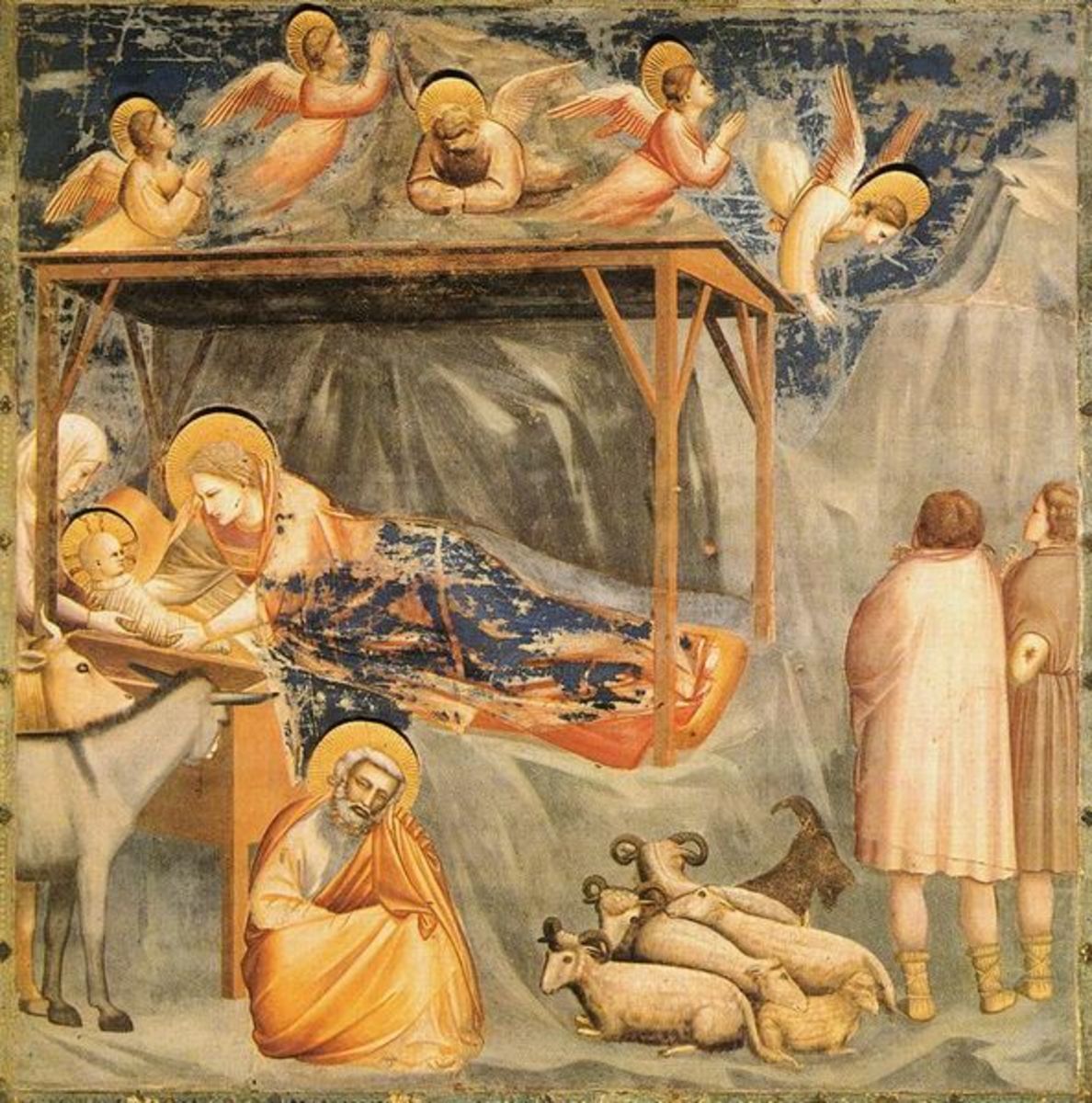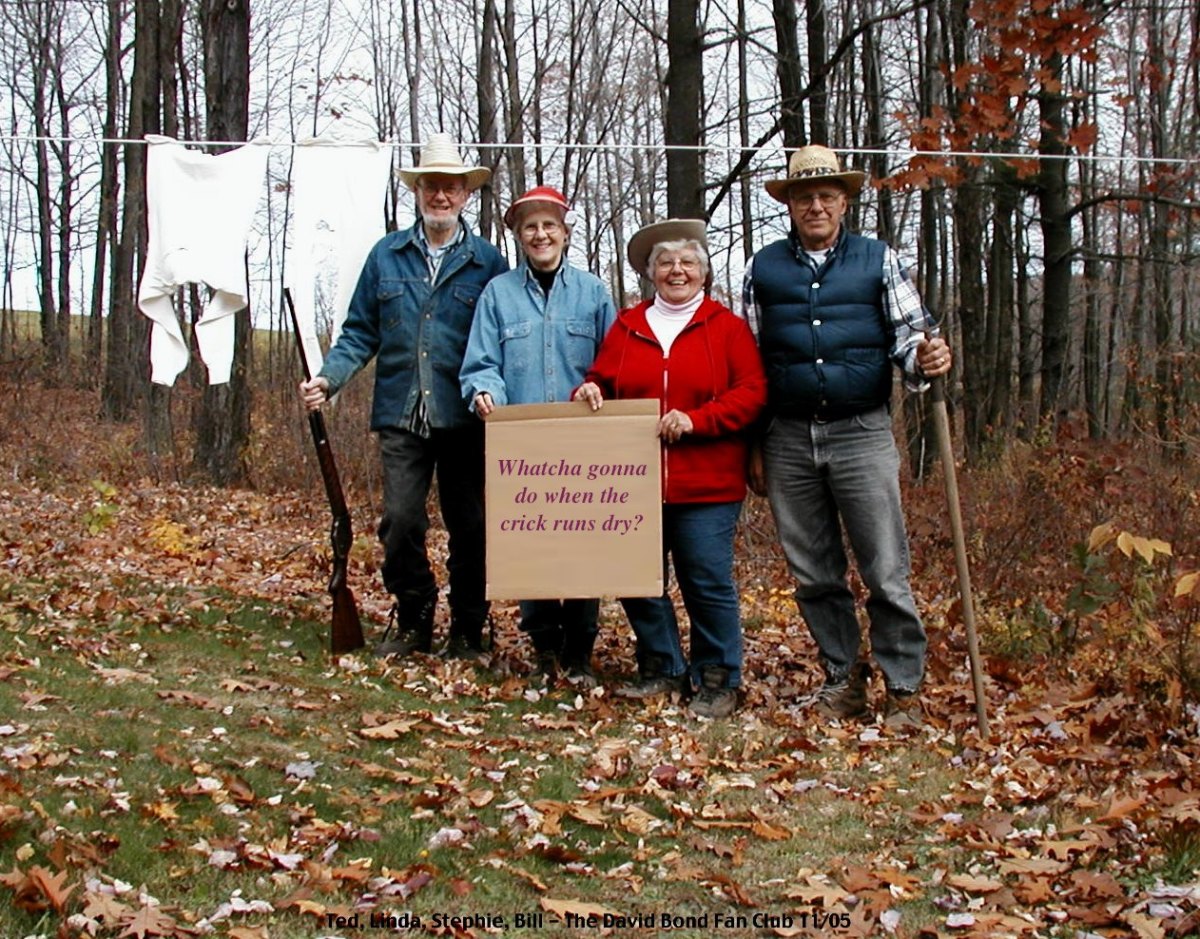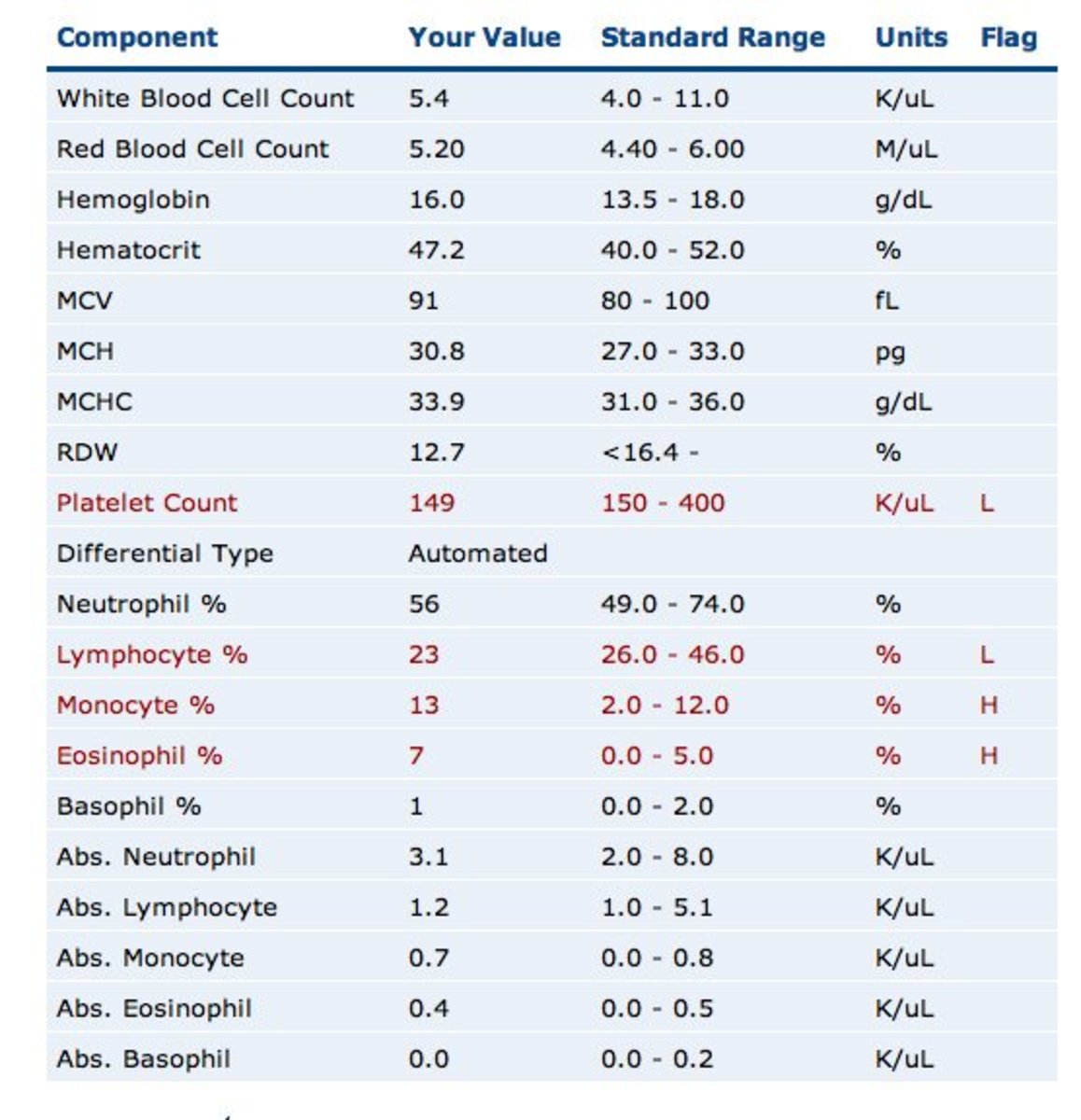Great Unsolved Mysteries: Shepherd's Monument
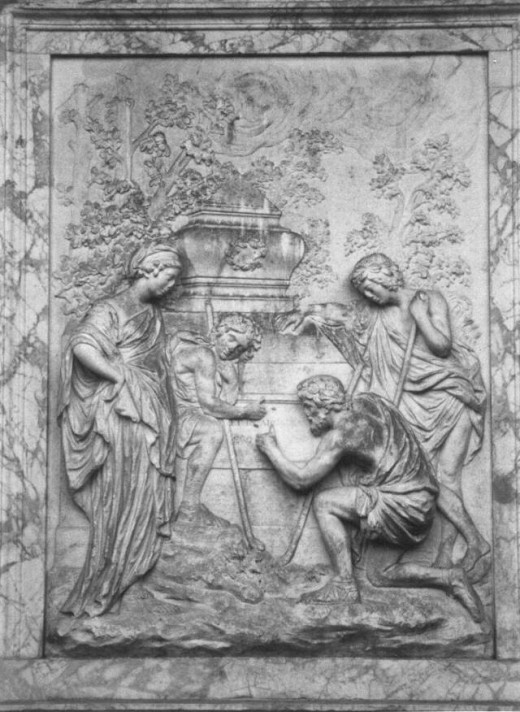
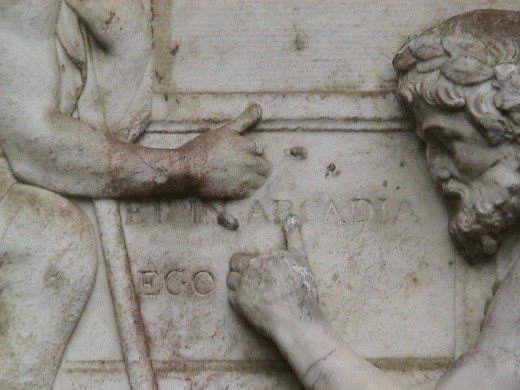
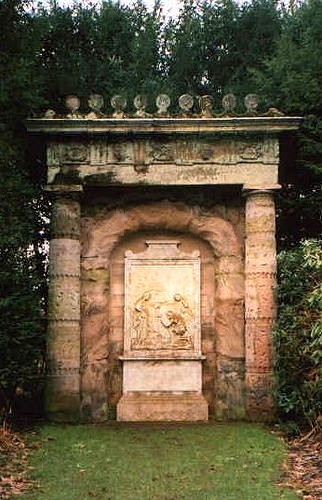
by Christine B.
This monument was built circa 1755 for Thomas and Admiral George Anson in Staffordshire, England. It was created by Flemish sculptor, Peter Scheemakers. The carved areas are a sculpted rendition of a painting created originally by Poussin. In the painting and in the sculpture there are a woman and three shepherds standing next to a tomb. Two of the shepherds are pointing to the text on the tomb, “Et in arcadia ego,” which is Latin for, “I am, even in Arcadia.” Scheemakers added a few of his own additions to the original painting when he sculpted this monument. He added a bald-headed man and a head with what appears to be a likeness of the Greek god, Pan positioned above the carved tombstone.
The mystery of the monument is what has been carved below the relief of the painting. An unknown artist carved a series of letters between a letter D and the letter M. When these letters appear on a Roman tombstone they stood for “Dus Manibus” or “dedicated to the shades.” The series of letters are: O U O S V A V V. Many professional and non-professional decoders have attempted to solve the meaning of these letters, to no avail. No one has been able to come up with a solution that makes any sense or one that has been accepted by the scientific community. Some of the famous men who have tried were Josiah Wedgwood, Charles Darwin and Charles Dickens. They failed to decode the message on the tomb as did everyone else who has attempted to solve this mystery.
There have been several theories put forth as to the meaning of the letters. One is that the Admiral added the letters in honor of his wife, who died in 1751. The acronym would be for the Latin phrase, “Optimae Uxoris Optimae Sororis Viduus Amantissimus Vovit Virtutibus” which translates to, "Best of wives, Best of sisters, a most devoted Widower dedicates (this) to your virtues"). This theory makes the most sense of those that have been presented, but it has never been confirmed.
In 1982 authors of the book, “The Holy Blood and the Holy Grail,” Michael Baigent, Richard Leigh, and Henry Lincoln proposed that the artist Poussin was a member of the Priory of Sion and that his painting, Shepherds of Arcadia contained a hidden esoteric meaning.
In 2004 the general manager of the Shugborough Estate where the tomb resides, Richard Kemp offered a challenge to anyone who could break the code. Through this challenge he alleged that the inscription did have a connection to the Holy Grail. Since Dan Brown’s best- selling book, “The Da Vinci Code,” was still popular and had become a “craze” of sorts, Kemps challenge was very well received. Because the inference that the mysterious letters may be related to the Priory of Sion and therefore give clues to the location of the Holy Grail, there were many who took up the contest. This included several individuals who had worked at the top secret WWII code breaker department at Bletchly Park. No one, however, came up with a recognized explanation for the coded lettering.
Since no one has reported solving the mystery of the Holy Grail or the cryptic code of Shepard’s Monument, we can assume the inscription on the monument remains a mystery.

